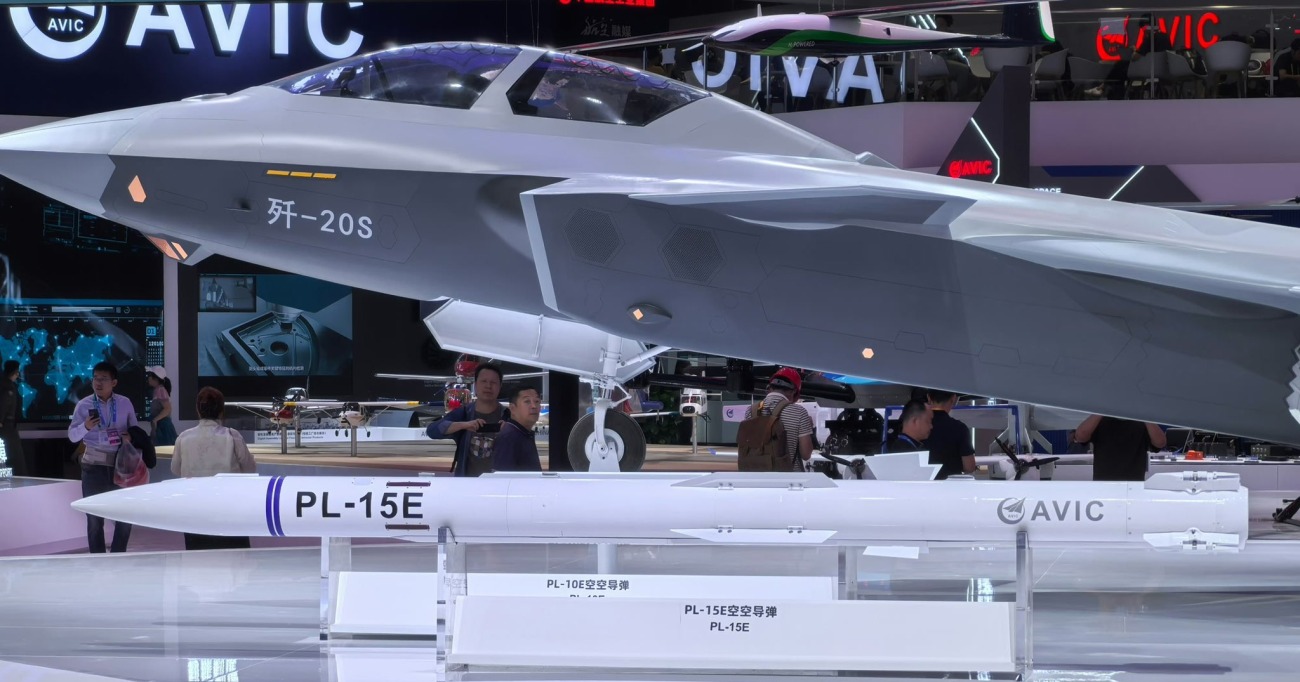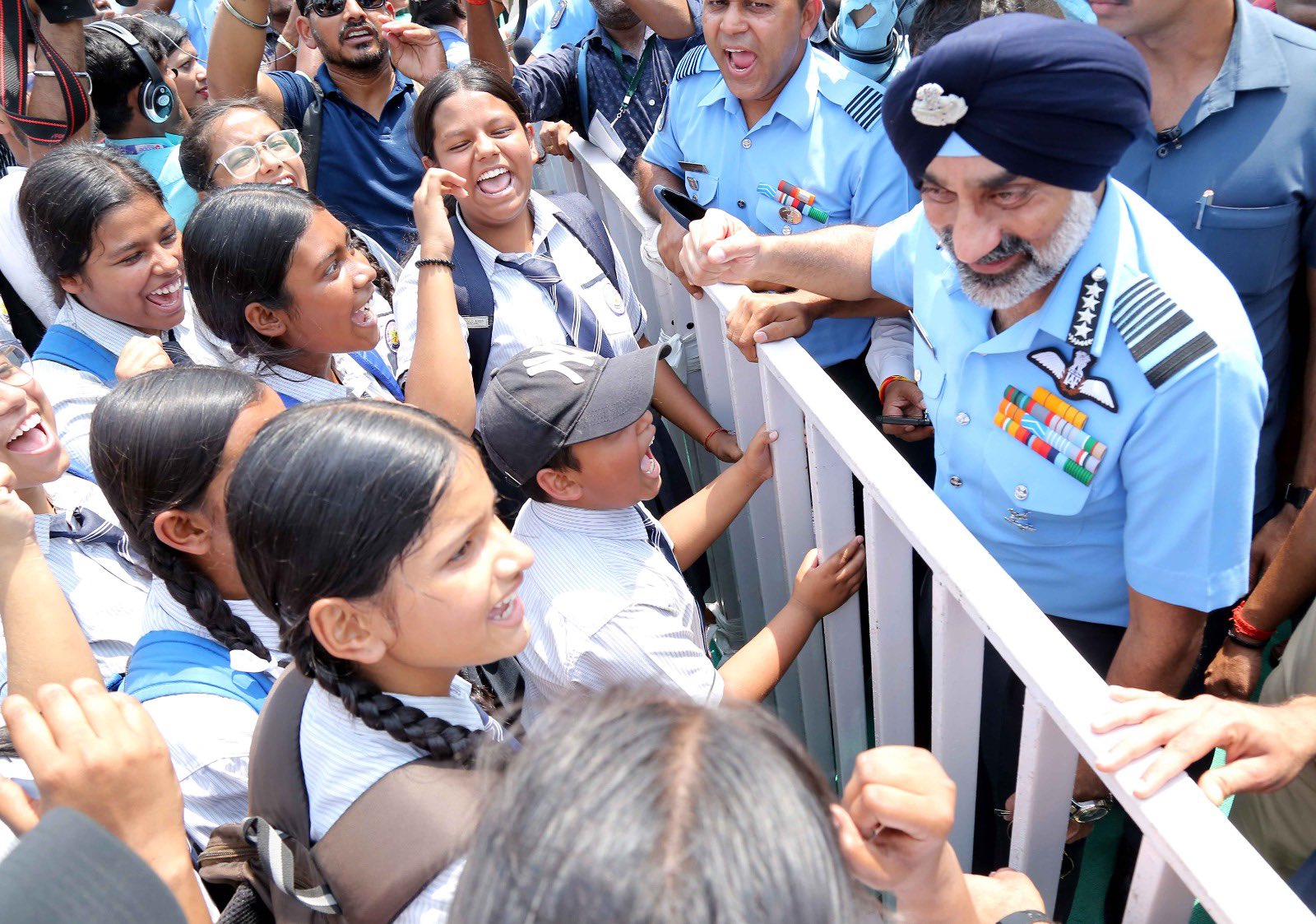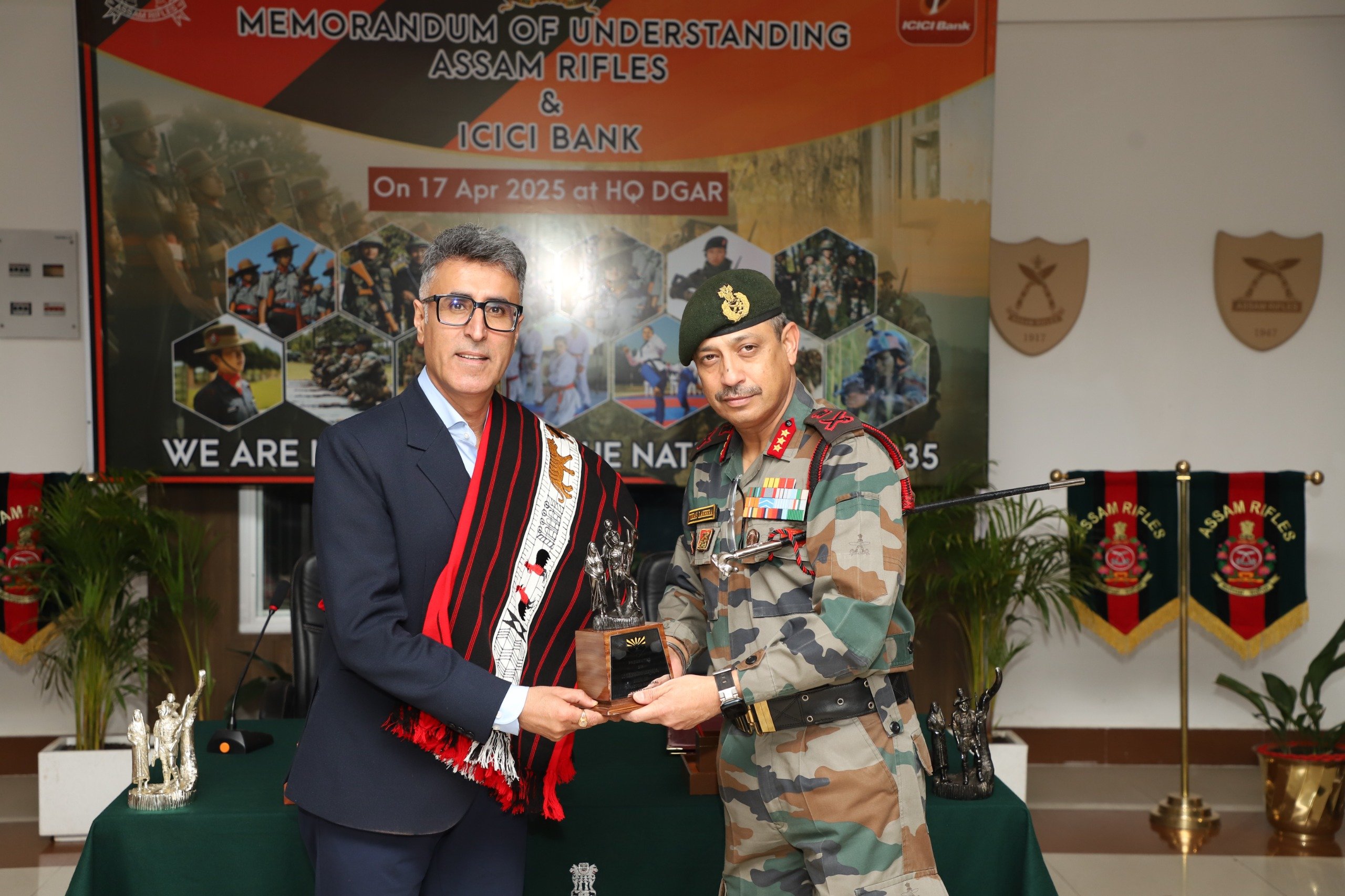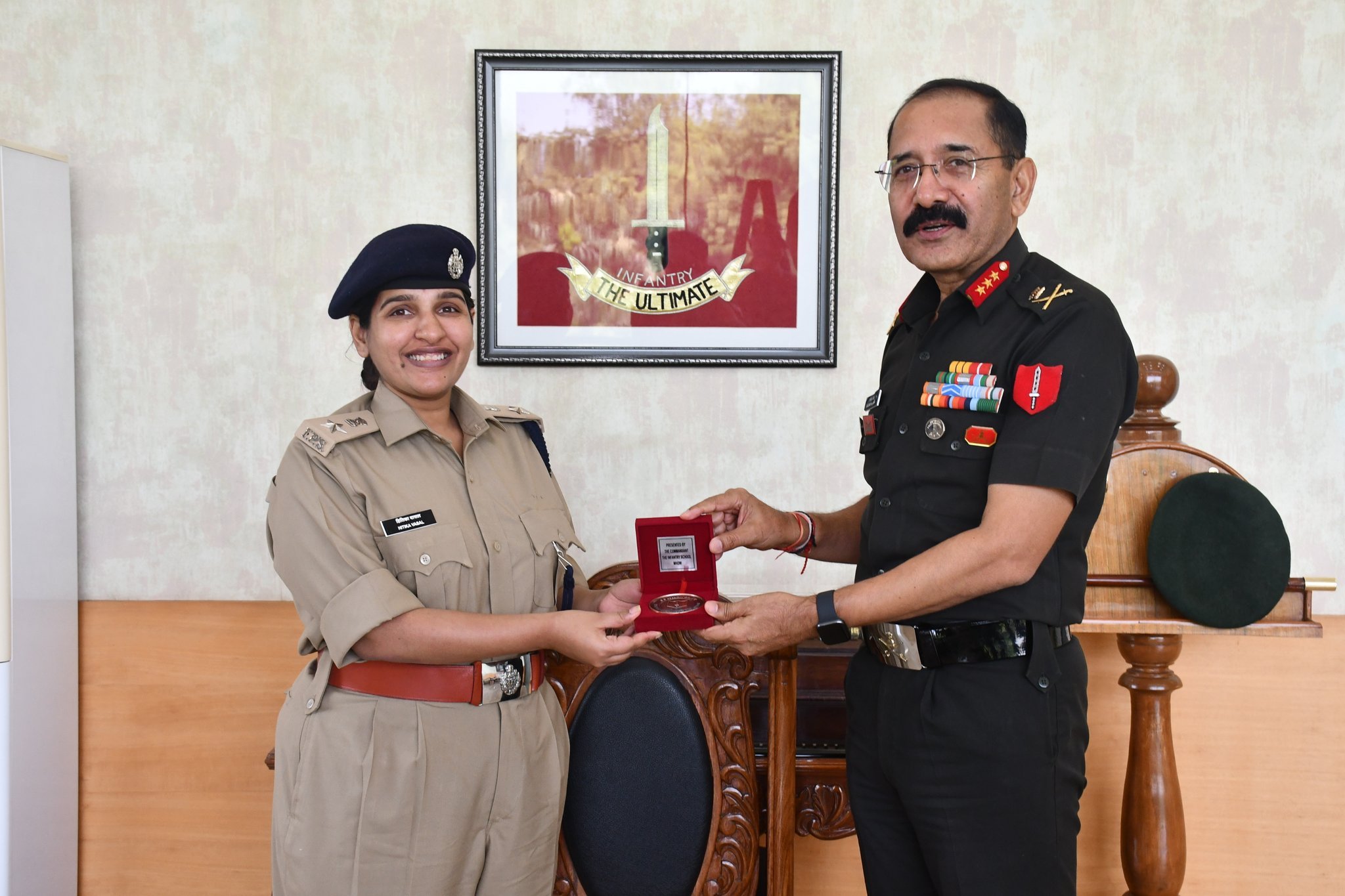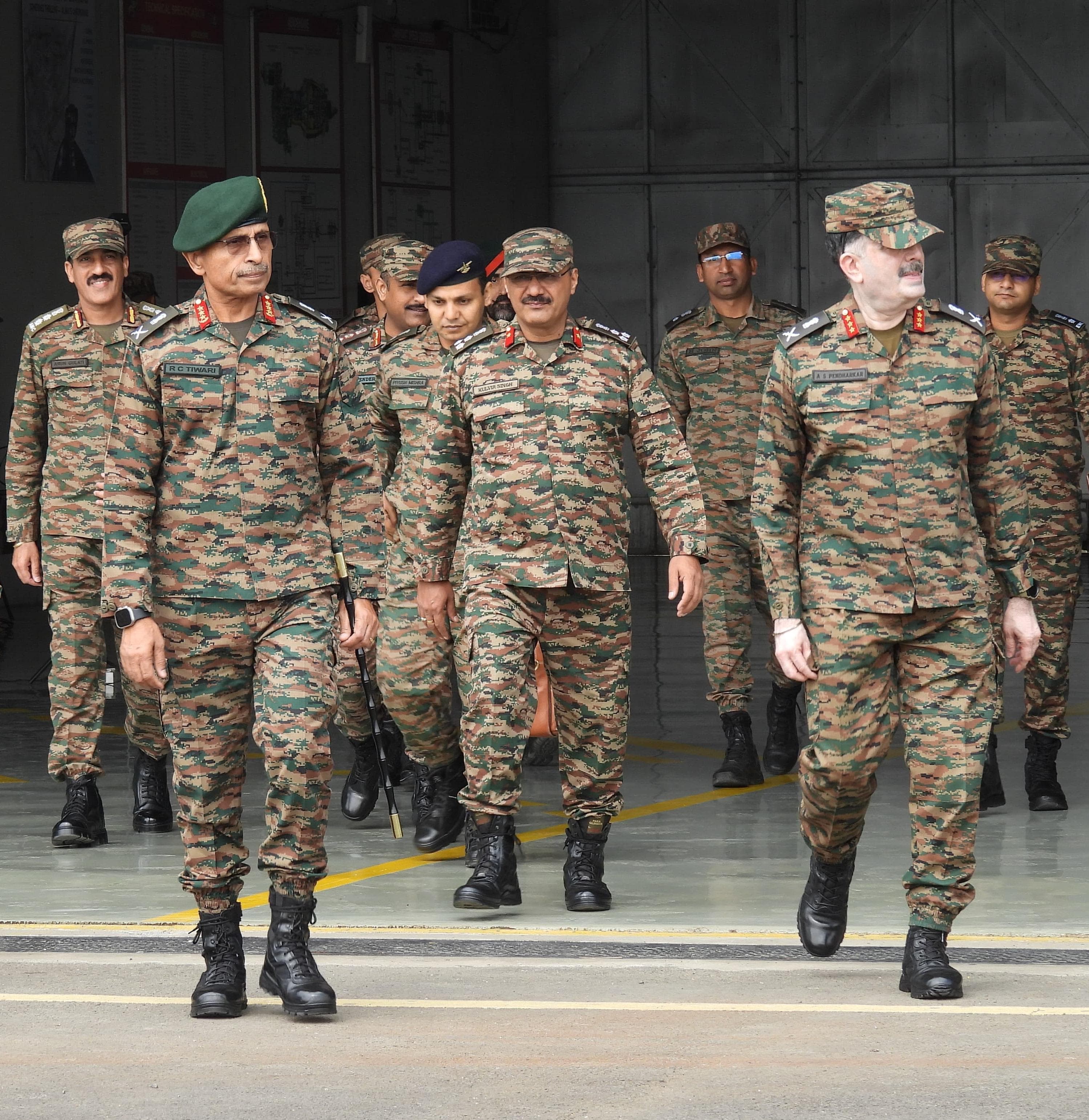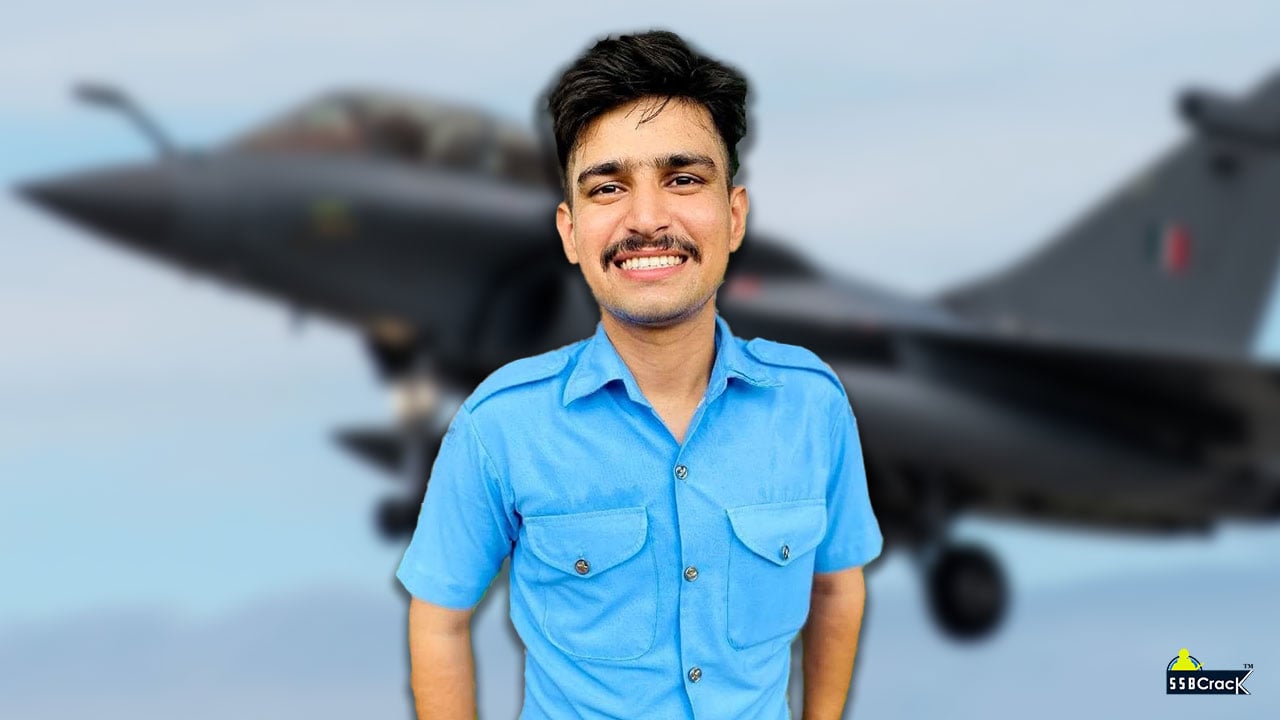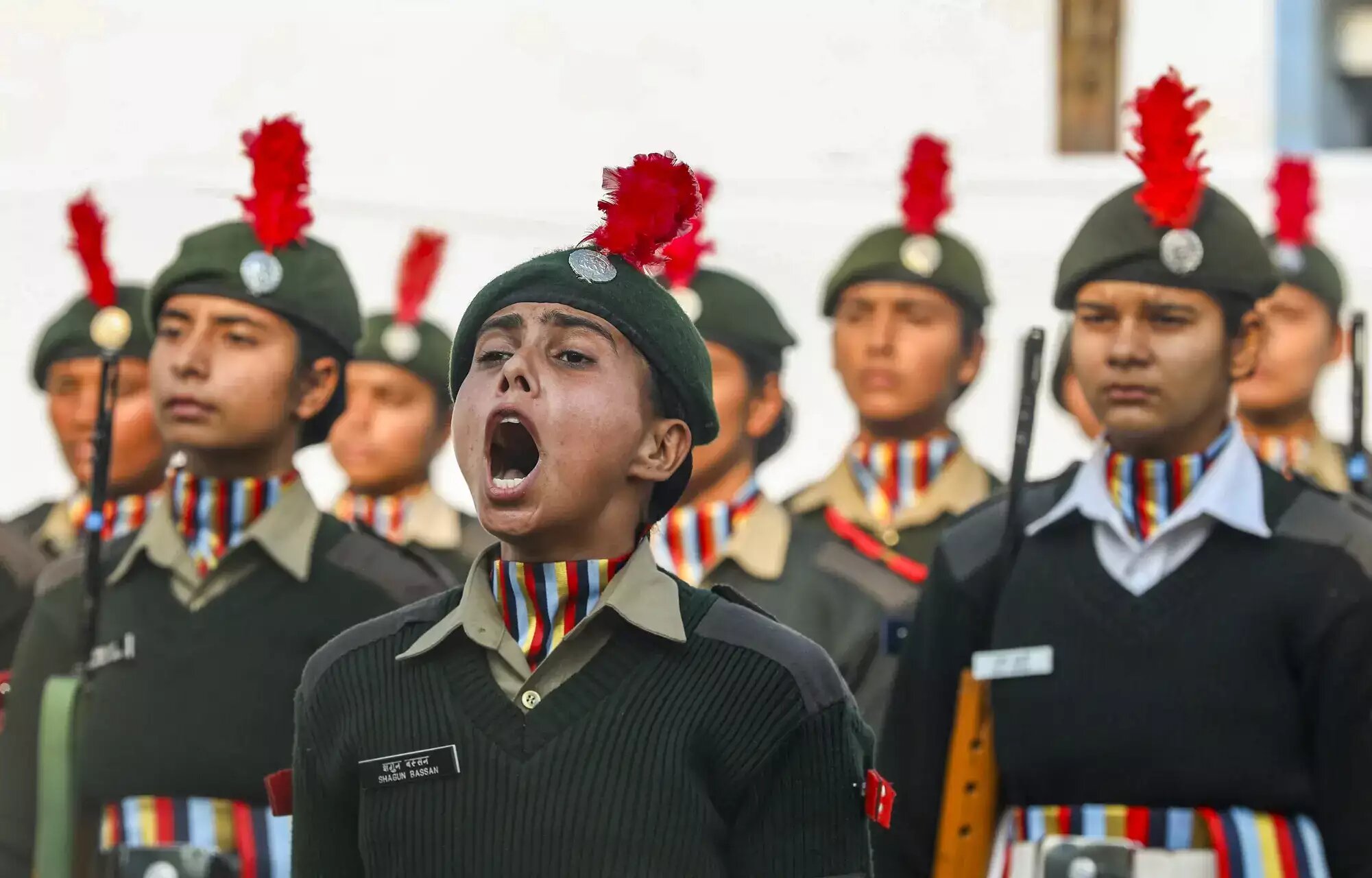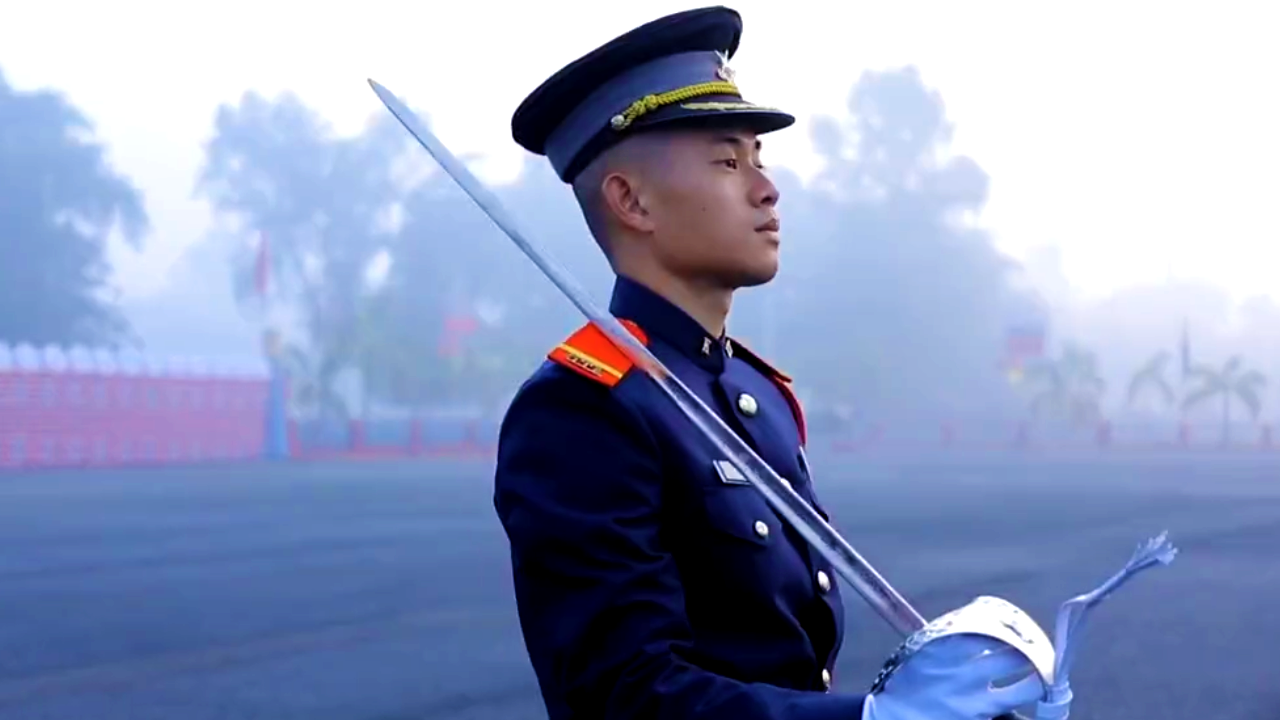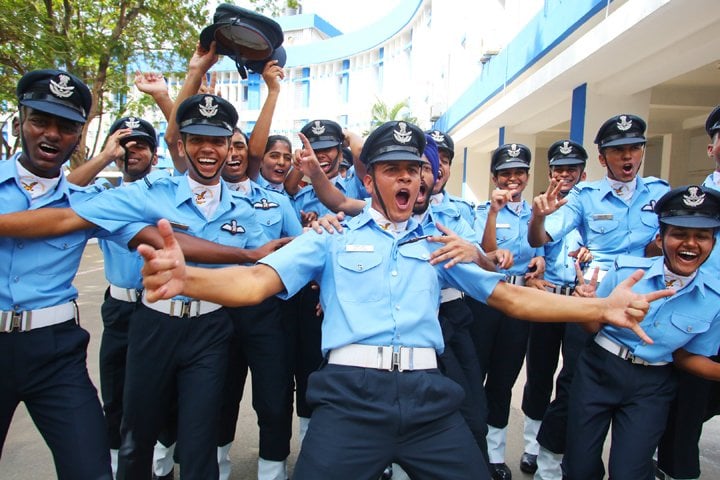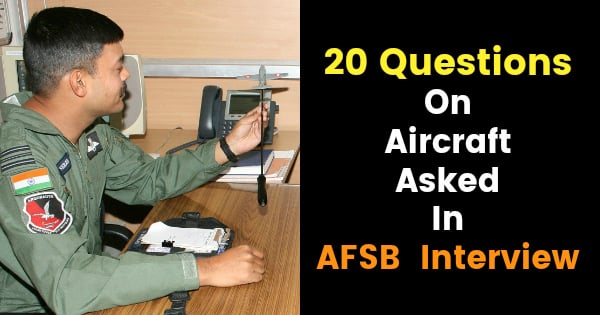China’s Zhuhai Air Show in Guangdong province has taken on a heightened significance this year, showcasing a remarkable display of military aviation prowess including the participation of three fifth-generation fighter jets simultaneously for the first time. The lineup included the Chengdu J-20, the Russian Sukhoi Su-57, and the newly introduced Shenyang J-35A, marking a notable milestone in the global aerospace arena.
The air show’s highlight wasn’t limited to just fighter aircraft; it also featured the CH-7 stealth unmanned combat aerial vehicle (UCAV) characterized by its unique kite-wing design, as well as a more advanced iteration of the PL-15 long-range air-to-air missile, specially designed to fit inside the internal weapon bays of the J-20 and J-35A. Moreover, spectators were treated to a mockup of China’s sixth-generation fighter concept, signaling ambitions that stretch into the future of air warfare technology.
The J-35A represents the latest phase in the evolution of what began as the FC-31 stealth fighter program. Initially taking to the skies with prototypes developed in 2010, the FC-31 underwent significant refinements leading to the unveiling of J-35A. This aircraft is lightweight, boasting stealth characteristics similar to the U.S. F-35, yet it is designed with slightly larger dimensions and greater power, attributed to its dual-engine setup. This development mirrors China’s ongoing challenges in creating high-performance aero engines for its fleet.
The J-35A, now officially designated as the “Gyrfalcon”—a name reflecting both its Arctic origins and its association with the U.S. Air Force Academy—has been cleared for military service, indicating confidence in its operational capabilities. Its design evolution from the FC-31 reflects an adaptation to emerging military needs, particularly as China shifts toward developing naval aviation technologies capable of operating from aircraft carriers.
Additionally, the show introduced a new version of the PL-15 missile, modified with folding fins to expand its carrying capacity within stealth jets, thus aligning closer with design philosophies seen in U.S. military technology. The CH-7 UCAV also captured attention with its potential to conduct intelligence, surveillance, and reconnaissance (ISR) missions deep within enemy territory, suggesting an evolution toward integrated air combat capabilities.
Amidst the various exhibits, a conceptual model of China’s sixth-generation fighter, dubbed “White Emperor,” symbolized higher aspirations for air and space integration. Given that China’s proficiency in fifth-generation combat aircraft is still maturing, the introduction of a sixth-generation design raises questions about the feasibility and timeline of achieving such advanced capabilities.
The implications of these advancements in the People’s Liberation Army Air Force (PLAAF) cannot be understated. The introduction of streamlined, stealthy platforms such as the J-35A is aimed at establishing air dominance. Future roles for the aircraft are expected to expand, with speculation regarding an export variant that could be made available to allies such as Pakistan. With the air show serving as a strategic showcase of cutting-edge technology, it also reflects China’s military ambitions to bolster its influence in regional conflicts and beyond.
As these developments unfold, concerns arise regarding the technological and numerical imbalances emerging in the military aviation sector, particularly in comparison to other nations like India. The Chinese advancements depicted at the air show underscore a commitment to not only enhance air power but also to achieve parity with American military technologies, highlighting the urgent need for nations like India to address any potential disparities in capability.
In conclusion, the Zhuhai Air Show has emerged as a pivotal platform for China to display its growing military air capabilities, pushing forward its narrative of rising superpower status while also signaling its readiness to contend with established military powers on a global stage.

